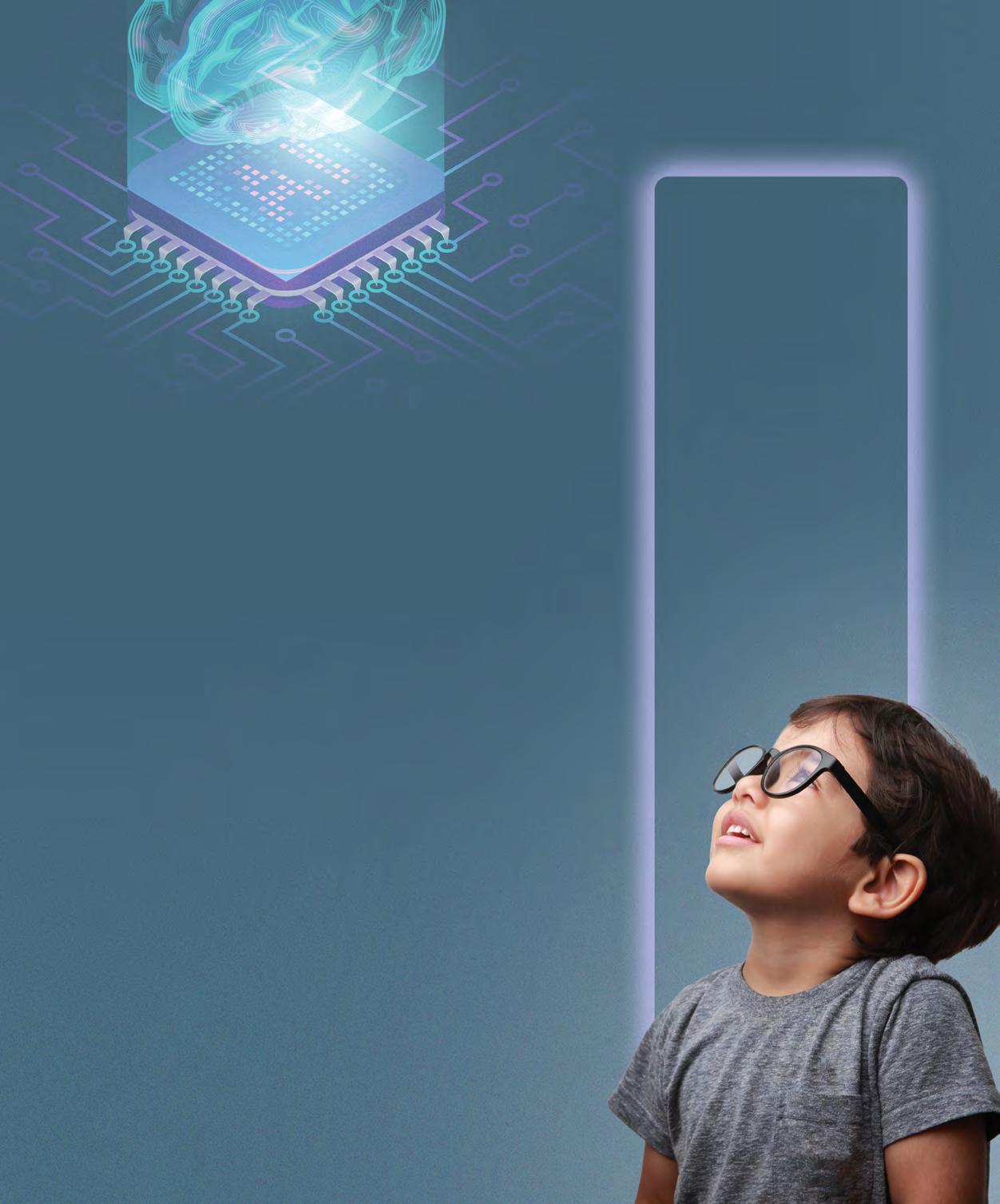
1 minute read
New Artificial Intelligence Tool Detects Risk of High Myopia
Identifying young children at risk of developing high myopia during their teenage years promotes appropriate myopia control intervention.
SNEC’s Myopia Centre and SERI have developed a new AI tool that can determine a child’s risk for developing high myopia (above -5.00 dioptres). It can contribute to the long-term goal of reducing high myopia rates among Singaporean children, thereby preventing vision-threatening complications associated with high myopia during adulthood.
Advertisement
The tool implements deep learning algorithms to examine a child’s retinal image with clinical data such as age, race, gender, refractive error of eyes, and distance between the cornea and retina. It instantly predicts the likelihood of them developing high myopia later in their teenage years and boasts an accuracy rate of over 90%, helping clinicians spot high-risk children needing early intervention.
“
The next phase of the study is to test the usability of the AI algorithm in a realworld setting and utilise techniques to explain what the AI system is thinking and seeing. This will help improve confidence in using this AI technology among primary eye care providers, patients and parents.”
Associate Professor
Daniel Ting
Over 60% of Singaporean children become myopic by Primary 6 and an estimated 80% of young adults are myopic, shared Professor Saw Seang Mei, Co-head of SERI’s Myopia Research Group. “Many think that myopia is part of growing up and children inevitably develop myopia.”
As myopia rates among young children surge, especially during the COVID-19 pandemic, so are concerns that visual impairment from high myopia will pose severe public health problems in the future.
“While myopia is widespread in Singapore, high myopia is associated with potentially sightthreatening eye diseases later in life. These include glaucoma, cataract and myopic maculopathy,” said Associate Professor Marcus Ang, Advisor, SNEC Myopia Centre and Principal Investigator of the AI tool.
Chief Data and Digital Officer, SNEC Head of the AI and Digital Innovations Research Group, SERI








